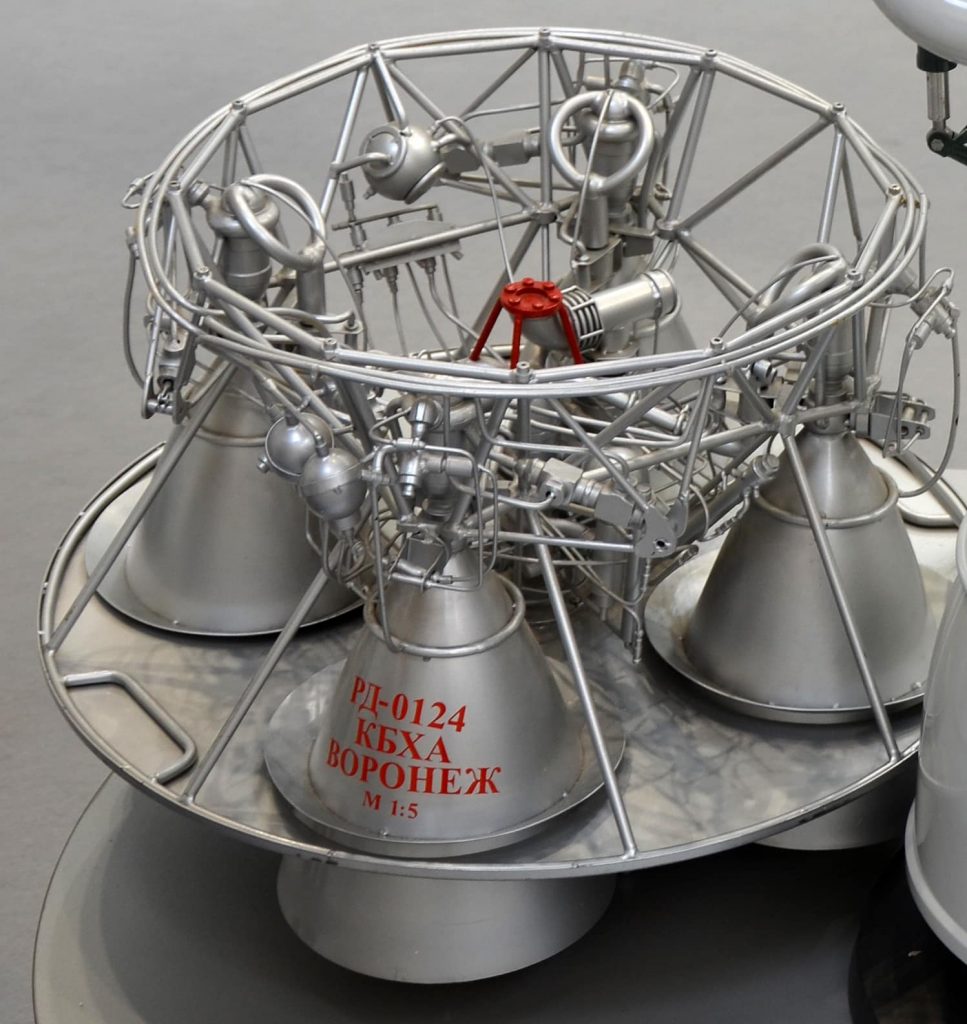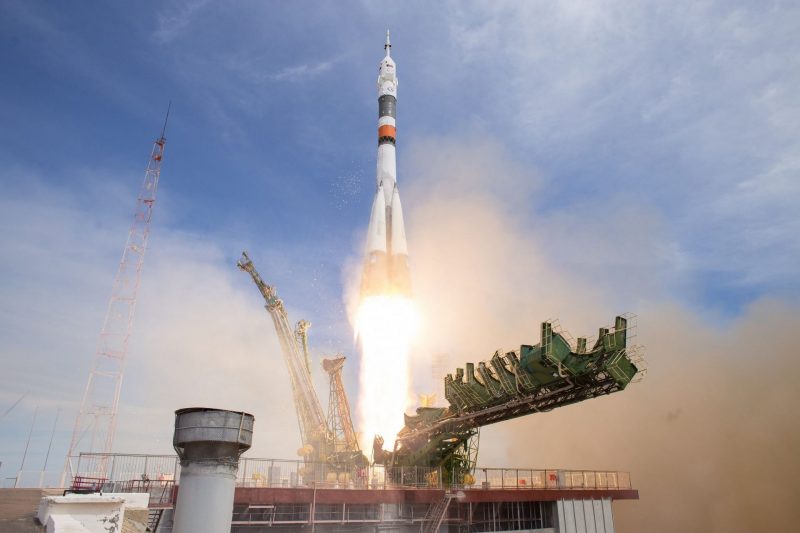Lift Off Time
|
March 16, 2020 – 18:23 UTC | 21:23 MST |
|---|---|
Mission Name and what it is |
Glonass-M No. 60 |
Launch Provider
|
Russian Space Forces |
Customer
|
Roscosmos |
Rocket |
Soyuz 2.1 b / Fregat-M |
Launch Location |
Plesetsk Cosmodrome, Arkhangelsk Oblast, Russian Federation |
Payload mass |
~1500 kg (3,300 pounds) |
Where are the satellites going? |
Medium Earth Orbit (MEO), 19,100 km (11,900 mi) |
Will they be attempting to recover the first stage? |
No. Soyuz rockets don’t have this capability. |
Where will the first stage land? |
It will crash into the Barents sea or Kara sea |
Will they be attempting to recover the fairings? |
No |
Are these fairings new? |
Yes |
This will be the: |
|
Where to watch |
No Official Livestream |
What’s all this mean?
The Russian Space Forces is launching GLONASS-M No.60 navigation satellite into Medium Earth Orbit from their northern launch site at Plesetsk, at the top of a Soyuz multi-stage launch vehicle!
Soyuz Rocket
Introduced in 1966, Soyuz has been the workhorse of the Soviet/Russian space program. The first launch of the Soyuz 2-1a version on November 8, 2004 from the Plesetsk Cosmodrome represented a major step in the Soyuz launch vehicle’s development program. Fregat is the upper (4th) stage of Soyuz 2.1, and it first flew in the year 2000.
The Soyuz version currently offered by Russian is a four-stage launch vehicle, which consists of:
- four side boosters (first stage)
- a central core booster (second stage)
- a third central stage
- the re-startable Fregat upper stage (fourth stage)
It also includes a payload adaptor/dispenser and fairing.
Side Boosters
The side boosters’ RD-107A engines are powered by liquid oxygen and kerosene, which are the same propellants used on each of the lower three stages. The kerosene tanks are located in the cylindrical part and the liquid oxygen tanks in the conical section. Each engine has four combustion chambers and four nozzles.
During side booster separation, the boosters perform a well-known pattern, in which they peel off and cartwheel outwards! This is known as the “Korolev cross”, named after Sergei Korolev, the Chief Design Engineer of the USSR space program in the 1960s.

Center Core Stage
The center core stage is fitted with an RD-108A engine, and also has four combustion chambers and four nozzles. It also has four vernier thrusters, used for three-axis flight control once the side boosters have separated. The third stage engine’s thrust enables the stage to separate directly from the central core. This is called “hot staging”.
The third stage uses either an RD-0110 engine in the Soyuz ST-A (2-1a) version, or an RD-0124 engine in the ST-B (2-1b) version. This flight is using a 2.1b vehicle, so in this case the stage has an RD-0124 engine.

Fregat Upper Stage
Flight qualified in 2000, the Fregat upper stage is an autonomous and flexible stage that is designed to operate as an orbital vehicle. It extends the Soyuz launcher’s capability, now covering a full range of orbits (LEO, SSO, MEO, GTO, GEO and Earth escape). Fregat is independent from all the other stages, as it has its own guidance, navigation, attitude control, tracking, and telemetry systems! The stage’s engine uses storable propellants – UDMH (unsymmetrical dimethyl hydrazine) and NTO (nitrogen tetroxide) – and can be restarted up to 20 times in flight, so that it can carry out very complex missions.
The Fregat upper stage is encapsulated in a fairing with the payload and a payload adaptor/dispenser. So…
What about the payload?
GLONASS-M No.60
GLONASS is Russia’s equivalent global navigation system to the USA’s “GPS” system (originally known as NAVSTAR). These satellite-based navigation systems are collectively known as Global Navigation Satellite Systems (GNSS). China also has its own system, called Beidou, and the EU is building its own civilian-led constellation known as Galileo.
So what’s different about GLONASS? Well, the GLONASS satellite cluster has already been in complete operation for many years and is now being upgraded as newer satellites replace older ones. GLONASS has been in development since the 1970s, and was already complete by 1995. Its satellites are placed into a different orbit from the GPS orbit, which means that GLONASS can provide positional coverage at higher latitudes than is possible with GPS. This is useful within Russia as so much of its land mass is fairly far North.
The GLONASS Constellation
The GLONASS constellation is made up of 24 operational satellites, orbiting in 3 separate orbital planes. Similarly to GPS, the orbits are considered to be Medium Earth Orbit (MEO). By occupying locations higher in altitude than low-Earth Orbit (LEO) the satellites can “see” more of the Earth’s surface and so can provide wider coverage.
How does satellite navigation work in the first place? Well, these satellites have atomic clocks on board, that are super precise and accurate. (And yes, precise and accurate are not the same thing!) The on-board clocks measure time incredibly accurately and transmit radio messages that broadcast their satellites’ location and local time repeatedly.
Satellite receivers can detect these messages from multiple satellites, and use very complex mathematics (multi-lateration) to solve the problem of where must the receiver be in order to obtain the reported times of the satellites. At least four satellites must be in view of the receiver in order to obtain a solution to the problem.





